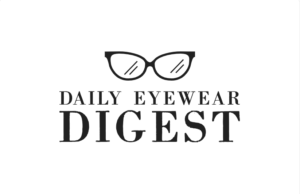In our increasingly digital world, screens surround us—from the moment we wake up to the second we go to bed. While these devices make life more convenient, they also come with a hidden cost: our eye health. The human eye wasn’t designed for prolonged exposure to artificial light and high-resolution displays. And yet, most of us spend over 7–10 hours a day looking at screens.
Digital Eye Strain (DES) and Computer Vision Syndrome (CVS) have become widespread, affecting both adults and children. The symptoms—blurred vision, dry eyes, headaches, and neck strain—are often brushed off as temporary discomfort, but they can lead to long-term damage.
Let’s uncover the seven everyday devices quietly damaging your eyes and explore how to reduce the harm they cause.
Device 1 – Smartphones
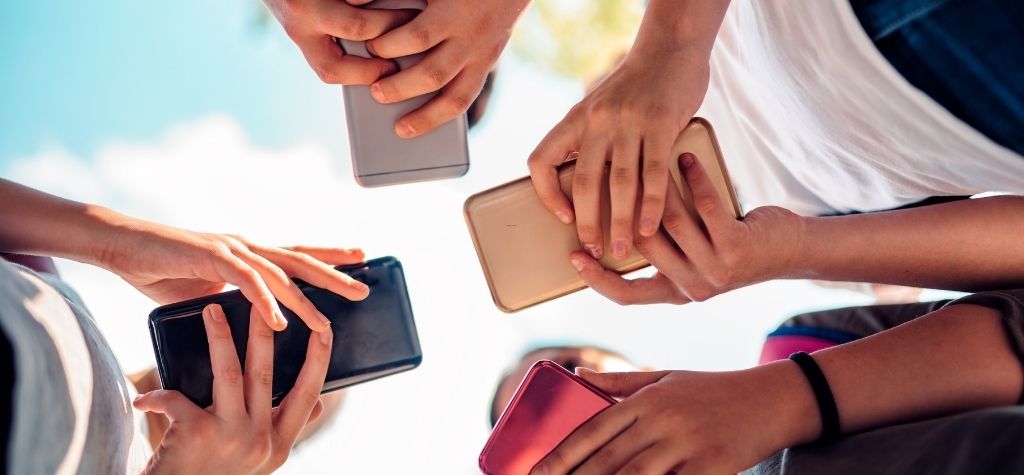
Blue Light Exposure
Smartphones emit blue light—a high-energy visible light known to penetrate deep into the eye and potentially harm the retina. Prolonged exposure can disrupt sleep patterns, increase eye strain, and contribute to long-term retinal damage.
Constant Scrolling and Eye Fatigue
With endless scrolling on social media and texting, our eyes rarely get a break. This constant focus on a small screen causes the eye muscles to overwork, leading to fatigue and tension headaches.
Device 2 – Laptops and Computers
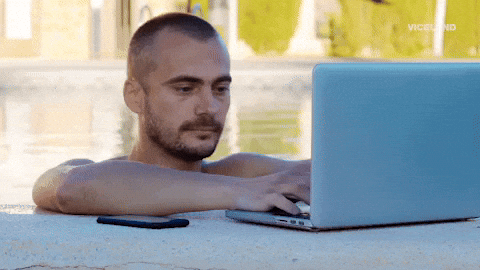
Extended Screen Time
Whether working from home or gaming late at night, our eyes face hours of uninterrupted exposure to digital screens. This leads to reduced blinking, causing dry and irritated eyes—a key symptom of Digital Eye Strain.
Poor Posture and Viewing Angles
Improper screen height and posture force the eyes to adapt at unnatural angles, increasing pressure on the optic nerve. This combination of physical and visual strain is a recipe for discomfort.
Device 3 – Televisions (Smart TVs)
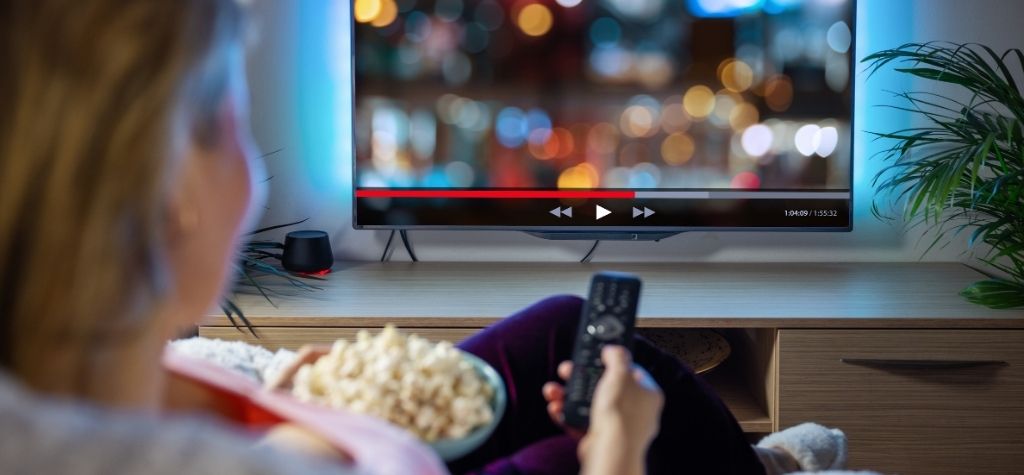
Binge-Watching Effects
Spending hours watching your favorite shows under dim lighting affects not only your sleep cycle but also your vision. Large screens viewed at close distances make the eyes strain to adjust focus and contrast, causing fatigue.
Close-Viewing from Large Screens
Sitting too close to a high-resolution screen overstimulates your visual processing system. The rapid transitions and brightness shifts tire your eyes faster than you might think.
Device 4 – Tablets and E-Readers
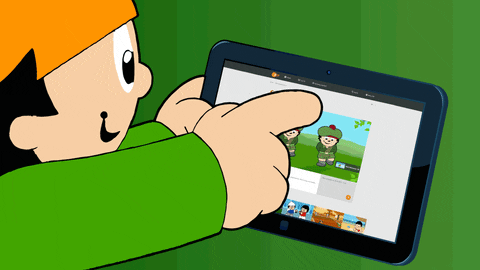
Handheld Viewing Habits
Unlike computers, tablets and e-readers are often held at inconsistent distances. Constant shifting between reading and browsing positions tires the eye muscles, especially when used for long periods.
Glare and Brightness Levels
Glossy screens and high brightness settings increase glare, which forces your pupils to constantly adjust. Over time, this reduces contrast sensitivity and causes visual fatigue.
Device 5 – LED Lights and Smart Bulbs

Artificial Lighting Effects
LEDs, especially the cool-toned ones, emit significant blue light. Exposure to these light sources during the evening confuses your brain’s melatonin production, disrupting sleep and drying out your eyes.
Disruption of Circadian Rhythm
Smart home devices with LED interfaces often remain illuminated throughout the night. This subtle light keeps your brain semi-alert, decreasing overall sleep quality and preventing the eyes from fully resting.
Device 6 – Gaming Consoles and VR Headsets
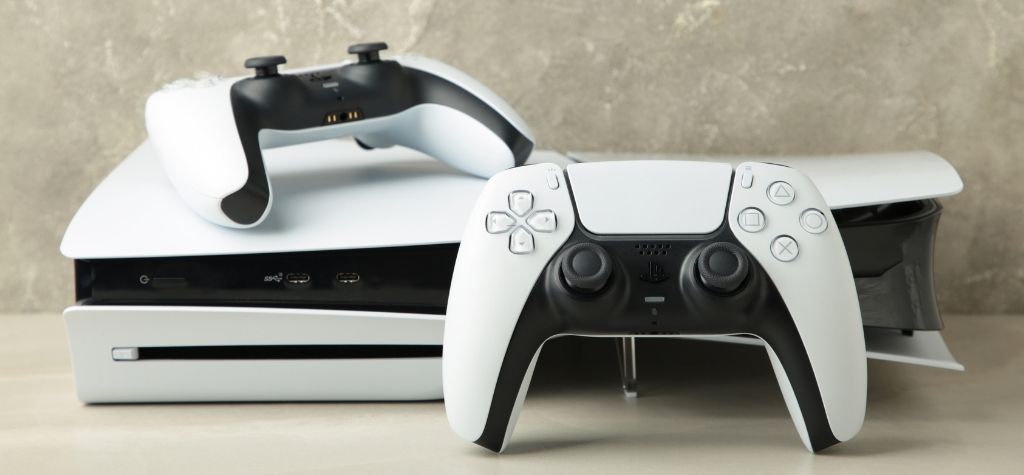
Prolonged Immersive Sessions
Gamers often spend hours locked into vivid visual environments. The eye’s constant need to refocus, track movement, and react in real-time builds tension in the ocular muscles.
Strain from Rapid Movement and Bright Flashes
Fast-moving graphics and high contrast scenes in games put your eyes in overdrive. VR headsets, in particular, bring displays unnaturally close to the eyes, magnifying every visual detail and stressor.
Device 7 – Smartwatches and Fitness Trackers

Small Screen Glance Habits
We glance at our smartwatches dozens of times a day, often under bright outdoor light. This quick, frequent action causes eye flickering and squinting, especially under glare-heavy environments.
Blue Light Even from Small Devices
Despite their size, these devices still emit blue light. Wearing them into the night (for sleep tracking or notifications) contributes to sleep disturbance and ocular fatigue.
Symptoms of Eye Strain and Long-Term Damage
Here are common signs your eyes are stressed:
- Burning, dry, or itchy eyes
- Blurry vision after screen use
- Headaches near the temples
- Increased sensitivity to light
- Difficulty focusing at different distances
Left unchecked, these symptoms can lead to more severe issues like nearsightedness progression, early onset cataracts, and macular degeneration.
Scientific Insights and Warnings from Eye Doctors
Leading ophthalmologists emphasize that prolonged screen use is a modern health crisis. According to the American Optometric Association, more than 60% of adults experience eye strain symptoms due to digital device usage.
A 2024 study by the National Eye Institute linked chronic blue light exposure to cellular changes in the retina, especially among teens and remote workers.
Preventive Measures and Smart Usage Tips
Here are some expert-recommended ways to minimize the damage:
- Follow the 20-20-20 Rule: Every 20 minutes, look at something 20 feet away for 20 seconds.
- Use blue light filters: Apps or screen protectors can reduce harmful emissions.
- Adjust brightness and contrast: Match your screen settings to ambient lighting.
- Wear blue light blocking glasses: Especially helpful if you work late or watch screens in dim lighting.
- Blink more often: Conscious blinking keeps your eyes lubricated.
Eye-Friendly Alternatives and Devices
- E-Ink Readers (like Kindle Paperwhite): These use non-glare, paper-like displays ideal for long reading sessions.
- Monitors with Eye Care Technology: Brands like BenQ offer flicker-free, low blue light screens.
- Ambient Lighting Systems: Smart bulbs with warmer tones help reduce eye strain at night.
Lifestyle Changes for Healthier Vision
- Limit recreational screen time.
- Include vision-friendly foods: Carrots, leafy greens, fish oils.
- Stay hydrated: Prevents dryness and enhances tear production.
- Sleep in a completely dark room.
- Use artificial tears if needed.
When to See a Professional
If you experience persistent symptoms like blurred vision, light sensitivity, or headaches—even with screen breaks—it’s time to visit an optometrist. Routine eye exams help detect early issues and prevent permanent damage.
FAQs About Eye Damage from Devices
Q1: Can using my phone at night really harm my eyes?
Yes, nighttime blue light exposure suppresses melatonin, leading to poor sleep and eye strain.
Q2: Do blue light glasses really work?
They help reduce glare and blue light exposure, making them effective for those who use screens often.
Q3: Is watching TV worse than using a phone?
It depends on distance and brightness. Phones are held closer, but TVs may expose you to more intense brightness.
Q4: Can children suffer from digital eye strain?
Absolutely. Kids are especially vulnerable due to prolonged exposure without adequate breaks.
Q5: Are tablets better than phones for eye health?
Larger screens reduce squinting, but tablets still emit blue light and require proper usage habits.
Q6: How often should I rest my eyes during screen time?
Every 20 minutes, take a short break for at least 20 seconds.
Conclusion: Awareness is the First Step to Prevention
Digital devices are a part of life—but eye damage doesn’t have to be. Understanding which devices silently strain your vision empowers you to take control. By making small adjustments, staying mindful, and seeking regular checkups, you can enjoy technology without sacrificing your sight.
